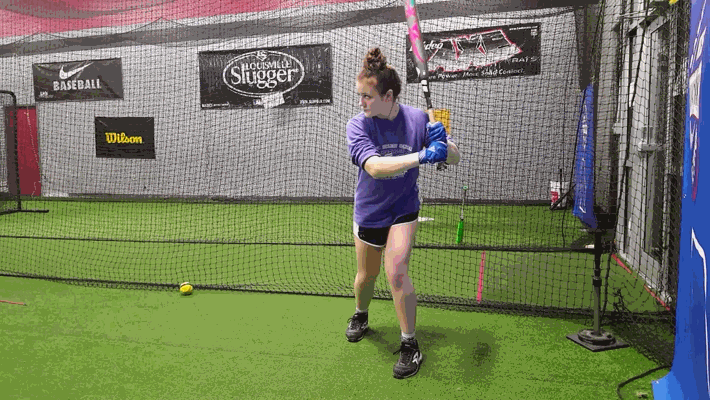- Jun 8, 2016
- 16,118
- 113
Don't be fooled by where they start in their stance and where they end up at launch.

I wasn't fooled, the still at launch depicted in the montage won't help obviously but the fact that he starts so upright will
mean that a video of the swing will show clearly his movement into an athletic ("over the ball") position which I thought would be interesting
for jryan to "study" since he asked for suggestions...
Last edited:





